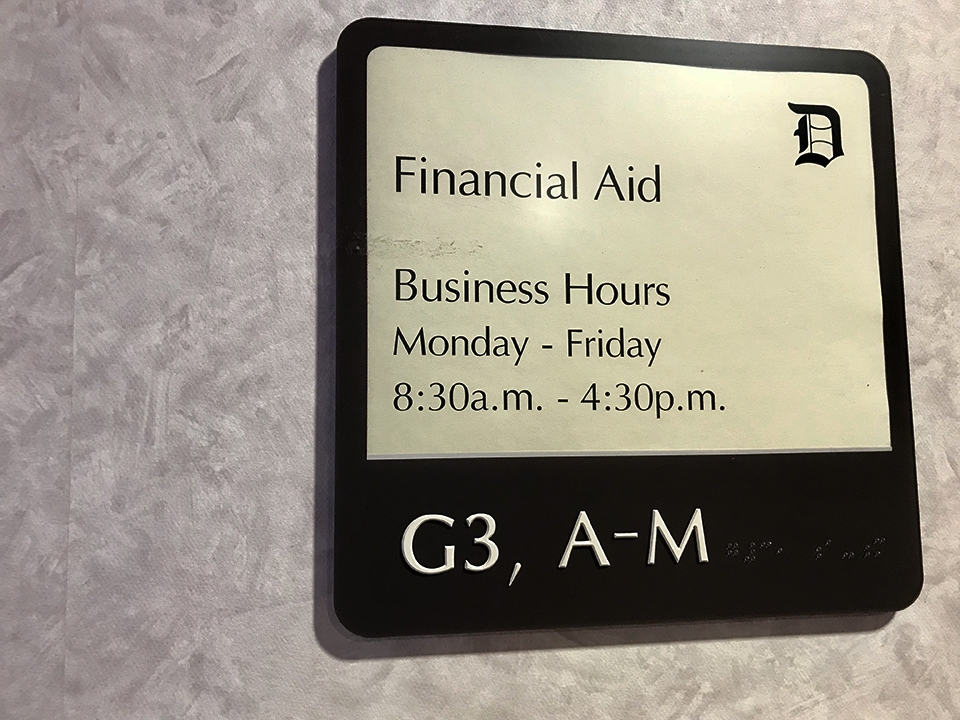
by Zoe Stratos | opinions editor
April 7, 2022
President Biden recently revealed that millions of federal student loan borrowers will be able to freeze their payments until Aug. 31; it is the sixth time the date has been moved back since the pauses began early in the pandemic.
As a student, the continued moratorium is a god-send, but no one is really pleased with the prolonged but temporary solution: Many see it as unnecessary, and the rest want to see outright loan forgiveness.
However, as an NPR investigation discovered, the true nature of the student loan debt problem is a borrower’s income, and the mismanagement of income-driven repayment plans (IDR). Large debts owed by high-income borrowers are often affordable, while smaller debts of lower-income borrowers enrolled in for-profit schools are weighing them down. A change must be made to the IDR plan, and the Biden administration must enact that change, with follow-up from the Department of Education.
According to Statistica, student loans are the largest body of consumer debt, following that of mortgages. What’s most frightening is that it’s concentrated among a small percentage of the population.
So far, proposals to forgive some amount of student loans — $10,000 suggested by the president, $50,000 suggested by Democratic members of Congress — are problematic, put simply.
First and foremost, in the political sense, there are arguments over whether the president or the education secretary even have the authority to forgive any amount of student loans. It could be seen as a form of unauthorized spending by the administration.
Economically, the $10,000 or $50,000 blanket loan forgiveness presents fairness concerns for current and future loan borrowers: higher-income families would end up receiving too much relief, while those in lower-income families may still need to pay a substantial amount.
The obvious answer is to enroll in the IDR plan; however, the plan is less than adequate, and is not the default plan for borrowers. Many are unaware of the option, and the federal loan servicers don’t ensure that they know about it.
The immediate problem could be easily fixed by Congress by suggesting that repayment of all federal loans be done on an IDR plan and directing the IRS to share the tax returns of all federal loan borrowers with Federal Student Aid loan servicers.
The student loan moratorium debate itself is controversial across party lines, but there’s been bipartisan support for IDR reforms in the past: The first major expansion of IDR happened under the George W. Bush administration.
The next part of the issue is the IDR plan itself. Several forms of the IDR plan allow for monthly payments as low as $0, as well as cancellations after 20-25 years of qualifying payments. Servicers must count the payments made, and notify them when they qualify for cancellation, according to NPR.
“But the previously unreleased 2016 review of servicers, conducted by the department’s office of Federal Student Aid (FSA), found that three servicers — PHEAA, CornerStone and MOHELA — did “not have an IDR forgiveness payment counter” to track borrowers’ progress toward cancellation,” the same article said.
These irregularities carry into how servicers count payments:
“If a monthly payment of $100.01 is owed but a borrower pays just $100 — one penny shy of the required amount — three servicers (Great Lakes, Nelnet and Edfinancial) said they would still count it as a qualifying payment. But four others indicated they would not.”
After passing legislation to rework the federal loan program and IDR plan, the Department of Education must streamline and fix these irregularities between servicers. Also, streamlining the plans into one income-based plan, or automatically enrolling borrowers into the IDR plan unless they opt out would make the complex process much less confusing. Not only would it make the process easier for borrowers, but also for the variety of servicers with different regulations.
Those who opt out, too, would still benefit from the fixed payment option, as if nothing ever changed. With a streamlined system and better communication, borrowers won’t be left stranded in a pile of debt.
While reforms will help moving forward, the damage is already done for past borrowers. There may be disagreement about the solution, but one thing is certain: IDR, Congress, FSA and the Department of Education have failed students.



